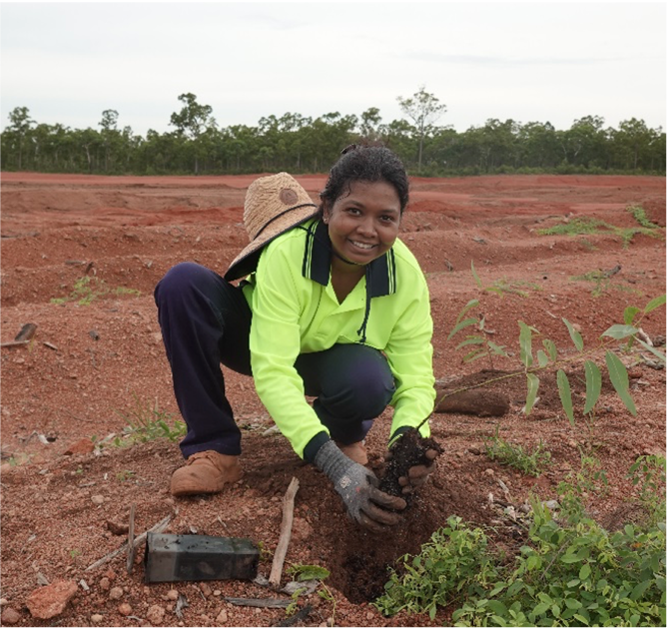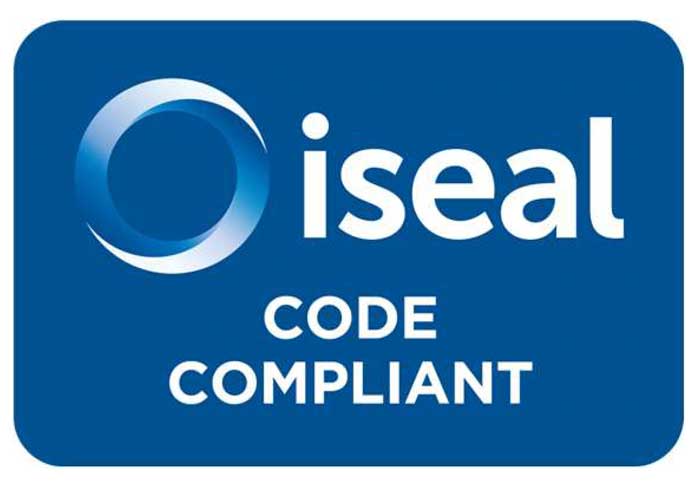Collaborating to break new ground: ASI’s train-the-trainer program strengthens Indigenous leadership in mine rehabilitation and closure planning
A recent training at Gulkula — the world’s only Indigenous-owned bauxite mine — brought together Indigenous community participants from four countries to exchange knowledge and test ASI-developed tools for better rehabilitation outcomes.
27 March 2025
 At the same time, ASI Members and Entities have expressed a growing interest in learning how to engage more effectively and respectfully with Indigenous communities. There is a shared understanding that Indigenous Peoples bring deep cultural, ecological and practical knowledge that can significantly enhance environmental and social outcomes when integrated into mine rehabilitation and closure planning.
At the same time, ASI Members and Entities have expressed a growing interest in learning how to engage more effectively and respectfully with Indigenous communities. There is a shared understanding that Indigenous Peoples bring deep cultural, ecological and practical knowledge that can significantly enhance environmental and social outcomes when integrated into mine rehabilitation and closure planning.
In this context, ASI launched the Indigenous Peoples Mine Closure and Rehabilitation Project, beginning with a hands-on training programme from 26 January to 14 February 2025 at the Gulkula mine, in the Northern Territory of Australia — home to the world’s only Indigenous-owned bauxite mine. Seven Indigenous participants from Australia, India, Suriname and Ghana, along with three ASI Secretariat staff, took part in the “train-the-trainer” initiative. Watch the overview video for more insights from the participants.

Shreya Jessica Dhan from India plants a potted tree during the mine rehabilitation training at the Gulkula mine. The training involved several planting techniques, including planting small seedlings grown in paper pots using a tractor with tree planter mounted on the back, planting seedlings by hand including in areas difficult for the tractor due to the positive regrowth of groundcovers from the topsoil, planting larger potted trees (see image), and applying some direct hand seeding of some grass and shrub species with several site preparation techniques for demonstration purposes.
Participants planted over 20,000 native trees using a variety of techniques in line with implementation of the Gulkula mine rehabilitation plan, learned techniques for sustainable land management, and trialled a new ASI-developed digital tool for monitoring mine rehabilitation aligned with community priorities. Daily workshops covered FPIC, cumulative impact assessments, post-mining land use, and the integration of Indigenous and Western scientific knowledge. The training also included cultural exchange with the Yolngu community, offering valuable insights into local governance, land rights, and Indigenous-led enterprise development.
Participants returned home with tailored work plans to build capacity, raise awareness, and support improved mine rehabilitation efforts in their own countries. They also contributed feedback and recommendations to enhance the ASI Performance Standard, reinforcing the role of Indigenous Peoples in setting mine closure goals and achieving lasting outcomes. This training program will be tailored for Guinea and commence in May 2025.
This project marks an important step toward more inclusive, community-driven approaches to responsible mining — and a stronger partnership between ASI members and Indigenous Peoples worldwide.
Acknowledgements
This project was possible thanks to a grant from the ISEAL Innovations Fund, which is supported by the Swiss State Secretariat for Economic Affairs. The project team would also like to acknowledge the significant in-kind support by Gulkula Mining including their hospitality, access to bauxite mining operations and the opportunity to participate in real-world mine rehabilitation operations, without which the project would not be possible.
More Information
RELATED TOPICS:
SHARE THIS ARTICLE


